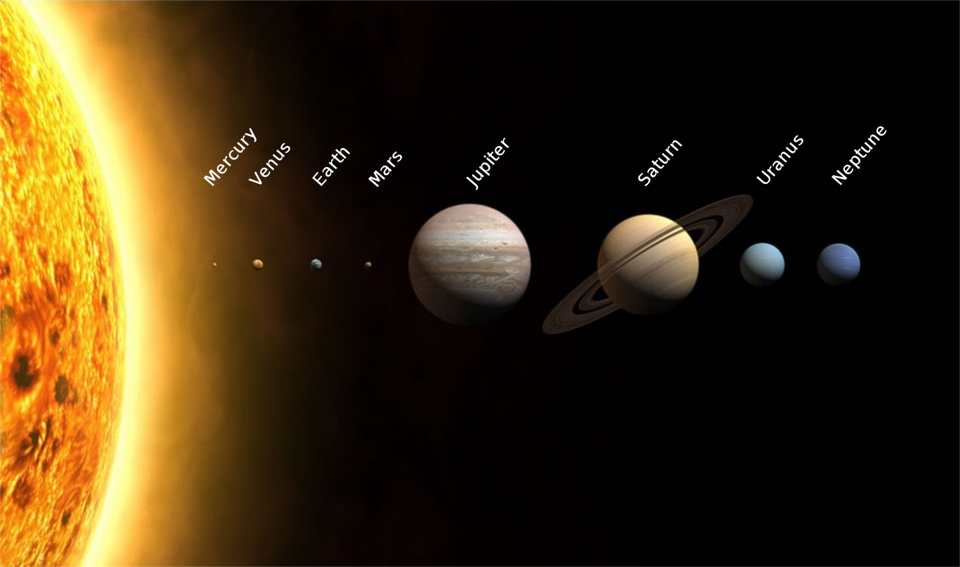Jay Shetty, in his book, Think Like a Monk, describes the three cancers of the mind as
Comparing
Complaining
Criticizing
When something unwanted happens to us, we spend 1% thinking about how to solve it and 99% fuming about it. If only we could reverse that choice and spend 99% working towards a solution.
He goes on to explain how monks achieve happiness. They detach themselves from material and humans. What he means is that their self worth and satisfaction is not tied to a thing – while they may enjoy a ride in a new Mercedes, they have no wants for it. It’s not like when they get off the Mercedes, they will spend time thinking about the ride. They dont. For them, it was a just a ride. They enjoyed the moment as they rode it. But that’s it. They focus on the moment.
The same goes for people. They wont attach themselves to someone. They will accept anyone’s friendship. And when you leave, they will wish you well. It’s not that their cold hearted people. They just dont hold onto people. They understand that everyone of us are on our own paths.
Service is always the answer.
Jay Shetty
It fixes a bad day.
It tempers the burdens we bear.
Service helpsother people and helps us.
We dont expect anything in return, but what we get is the joy of service.
